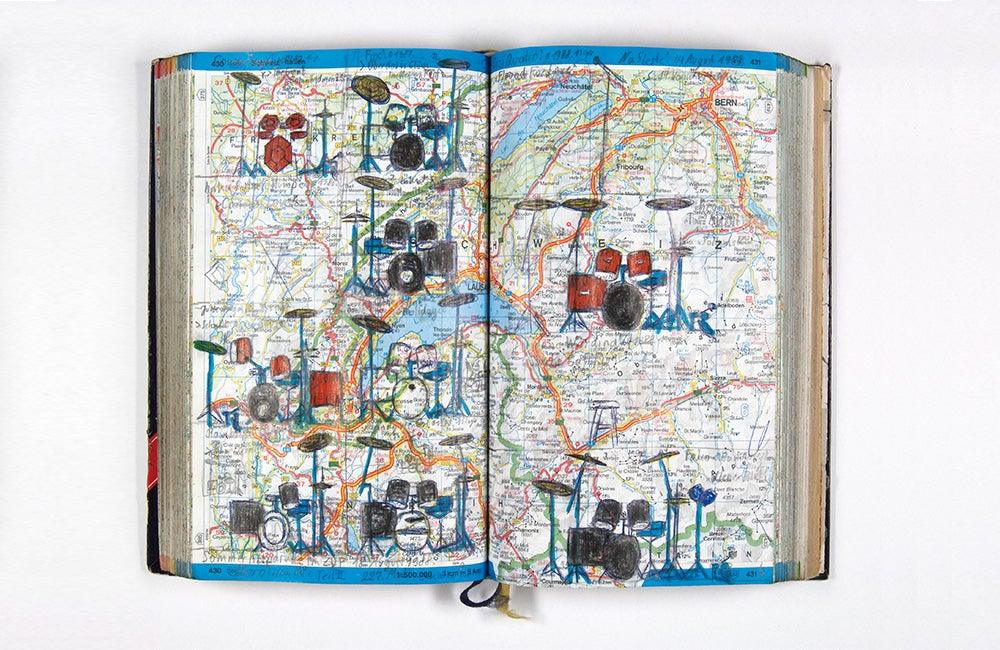First published: Fall 2011
The Museum of Everything is launching Britain’s first major survey of art from progressive studios and workshops for self-taught artists with developmental and other disabilities. The exhibition will feature over 200 works from these organisations in one of the most visible locations in London: the department store, Selfridges, where the work will occupy 15,000 square feet and form the largest art collaboration in the history of the store.

Museum of Everything founder, James Brett, suggests that art from progressive studios has been underappreciated, not only by the art world, but by those within the field of self-taught art. The reason, he suggests, is a simple misunderstanding of their collaborative nature.
Progressive studios, he says, do not teach. They simply enable. It is this process – where a creative environment provides support, time, space and materials – which allows participant artists to discover their own styles, techniques and voices. They are left to be artists in the truest sense of the word, they have simply been given the tools to do so.
This is not always the case: the majority of international art workshops are still organised on a therapy basis or as amateur art schools. As a collector Brett is convinced that these rarely yield the strongest work, even from great artists, because only a progressive studio – of which there are less than 100 in the world – can create the necessary environments for independent creative work to flourish.
It is interesting to look back at the origins of this collaborative process to see how these modern workshops have evolved. Perhaps the best starting point is the Prinzhorn Collection in Heidelberg, Germany, where in the early 20th Century, the psychiatrist, Dr Hans Prinzhorn pulled together an astonishing collection of paintings, drawings and art work made by patients in asylums and mental hospitals across Europe with whatever materials came to hand.
One of the most unforgettably moving pieces is by Agnes Richter, a jacket covered in undulating rows of embroidered words stitched with silk. It is interpreted today as an art piece and an attempt to preserve some sense of her self and her life story when she had no physical references to her past.
This is an article extract; read the full article in Raw Vision #73




